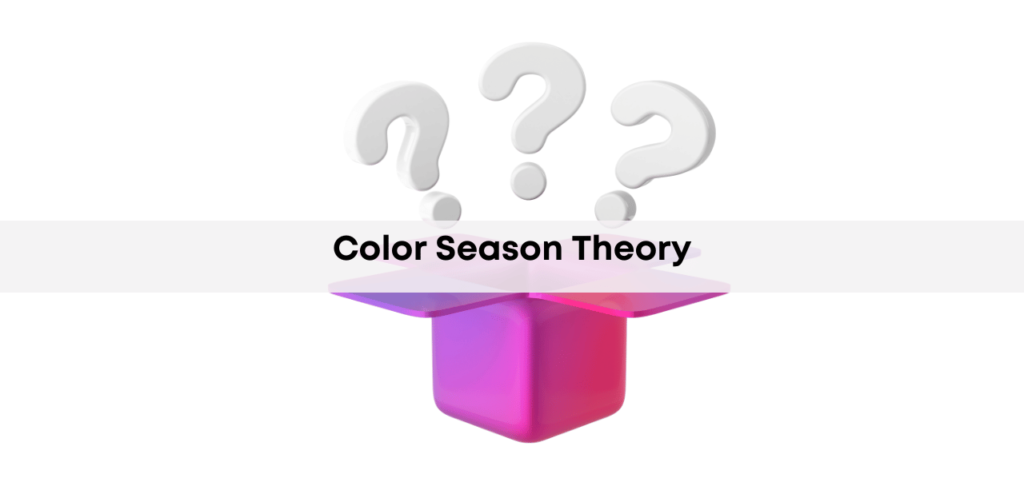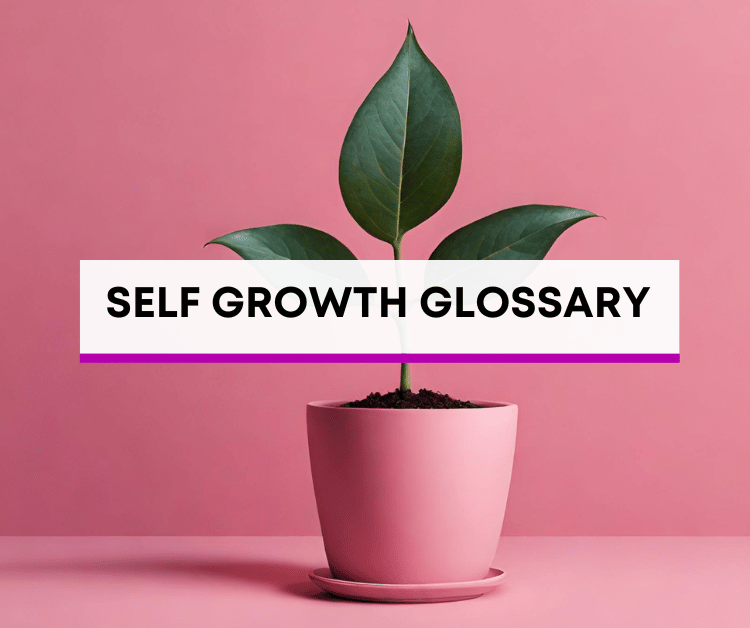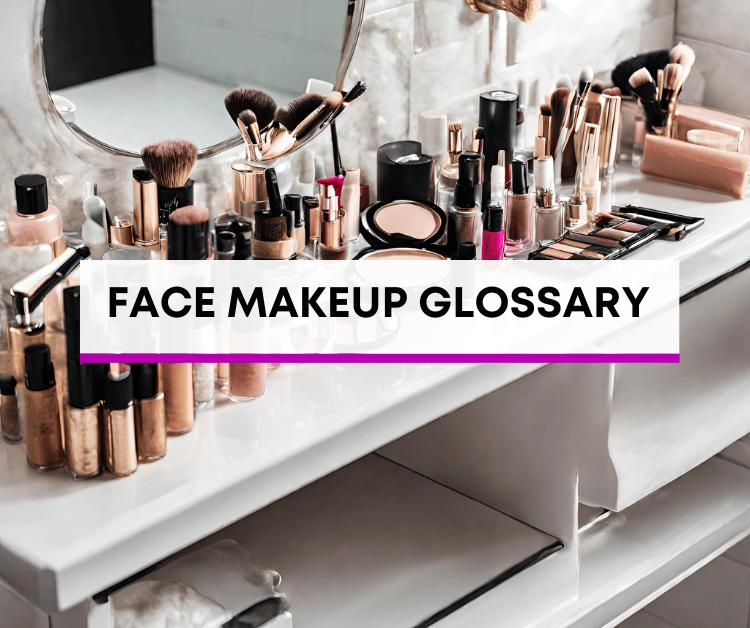
Color Season Theory is a powerful tool used by fashion and interior designers to create visually appealing and balanced color palettes. It is based on the idea of dividing the color spectrum into four distinct seasons – Spring, Summer, Autumn, and Winter – each with its own unique set of colors that are complementary and aesthetically pleasing. This blog post will provide an overview of Color Season Theory and how to make it work for you.
What is Color Season Theory?

Color Season Theory was first made popular by Carole Jackson in the 1980s with her book “Color Me Beautiful”.
In her book, she proposed a system of categorizing people based on their skin tone and hair color, to determine which colors of makeup, clothing, and accessories best suited their natural coloring.
Through this system, people can choose the right colors to enhance their natural beauty and look their best.
Color Season Theory is still widely popular today, with many fashion and beauty experts using it to help their clients find the best colors for their look.
The four color seasons are each identified by a set of colors that are said to best suit that particular season. Winter is characterized by deep, cool colors, including navy blue, gray, and black. Spring is associated with bright, cheerful colors like yellow, coral, and green. Summer is known for its softer, more muted colors like cream, beige, and pink. Finally, autumn is associated with richer, warmer colors like brown, red, and orange.
Where Should You Use Color Season Analysis?
Color season analysis is a great tool that can be used for a wide variety of purposes. From helping women find the most flattering makeup colors to aiding designers in creating a cohesive color palette, this theory can be a powerful tool.
At Spotted Line, we use color season analysis to help women find the perfect colors to enhance their natural beauty.
*As an Amazon Associate, we earn from qualifying purchases at no additional cost to you.
How Can I Find My Color Season?
There are several methods you can use to determine your color season. The best fit for you determines on how much time you want to spend on the subject and how much you’re wanting to learn about it. Each have their unique benefits. Here are our top 3 picks.
1. Color Season Quiz – Best When You’re Short On Time
The Color Season Quiz is a great way to make the most of your time when discovering the colors that flatter you the most. Each season is associated with certain colors, and this quiz helps you determine which colors are the most flattering for you.
After completing the quiz, you’ll be assigned one of the four main color seasons: spring, summer, autumn, and winter.
2. Color Seasons Beginner’s Guide – Best if You Want to Know the Why and How
With this comprehensive guide to color season theory, you can master the art of looking and feeling great all year round. The beginner’s guide will walk you through what to look for step-by-step. You’ll dive deep into your eye color, hair color, and skin tone. You’ll also explore your hue and chroma.
Putting it all together, color season theory is a great way for anyone to master the art of looking and feeling great. With this beginner’s guide, readers can learn the why and how of color season theory and create a wardrobe that’s perfect for their skin tone and body type. With the right colors, anyone can look stunning, confident, and fashionable all year round.
3. Color Season Palette Comparison – Best If You Are a Visual Learner
If you are a visual learner, it can be immensely helpful to compare the color palettes of the 12 color seasons.
Understanding the color season theory can give you the tools you need to easily create a wardrobe and interior design that will make you look and feel your best.
In this comparison article, you’ll see comparisons of all 12 color seasons. These include: light spring, warm spring, clear spring, light summer, soft summer, cool summer, soft autumn, warm autumn, deep autumn, cool winter, clear winter, and deep winter.
his article will explain the differences between the 12 color seasons and provide examples of how each color season looks on different skin tones, hair colors, and eye colors.
For visual learners, this comparison article is a great way to identify the differences between the 12 color seasons. It includes detailed information about each season.
Conclusion
You can use color season theory for anything that has to do with color. However, it’s mostly used in the beauty world for finding flattering makeup colors and in the fashion world for flattering clothing colors.
Color season theory is best explained as a color-matching skill that helps you make better fashion and beauty color choices.
The best way to use Color Season Theory is to first determine your own season and then shop for colors that are in that season’s color palette.
With Color Season Theory, you can always find the perfect color for any occasion.




